How Tech Support Scams Work
Hook, Line & Sinker
Technical support scams typically start with a legitimate (or what is thought to be legitimate) problem on a users device. This can be a printer problem, a blue screen or a fake popup in the users browser claiming they are infected. This causes them to seek support. For most, this isn't a concern, they may have a family member or friend who can help them. But for some, they turn to search engines like google and bing. This is the opportunity that scammers don't just look forward to, they pay for it.
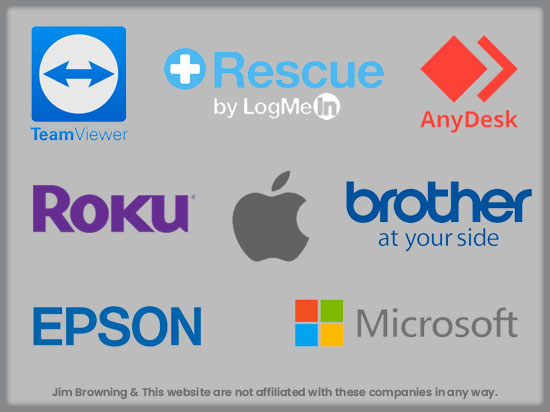

Many Scammers engage ad networks so that they show along side technical content or towards the top of results, masquerading as legitimate support teams. The larger groups, who have usually been around a while, also invest into fake reviews on platforms like trustpilot.
With a potential victim on the phone, scammers often introduce themselves as big companies support like Microsoft, Apple, Roku or Epson. For some users, this gives them an increased level of trust as they feel they reached the correct department.
Hackers are connected to each and everything...
Technical support scammers work to build trust with the victim. They hear their story and offer a very basic diagnosis. From there, much like legitimate technical support teams, they stipulate that to help further they will need to take over the victims computer to see the problem themselves.
Scammers use legitimate technical support software like TeamViewer, AnyDesk, ZoHo Assist and LogMeIn to gain access to a victims computer with their permission. (Note: This list is not complete, there are many many remote access tools out there that are used for both legitimate and nefarious use.)
Quite often once they have access, they plant remote access tools to allow future access to the device without the permission of the user.
This is where they often get super tricky. Many scammers ask you to show them your issue and then start looking through your system to show you that you have problems. The problems can range in severity, but they are all fake. The information they show you is the same on almost every computer - errors, warnings and stopped services inclusive.
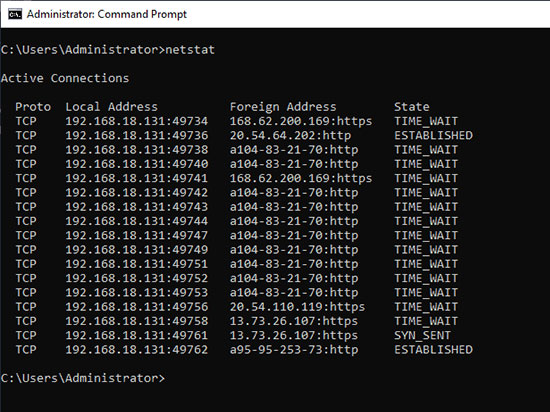
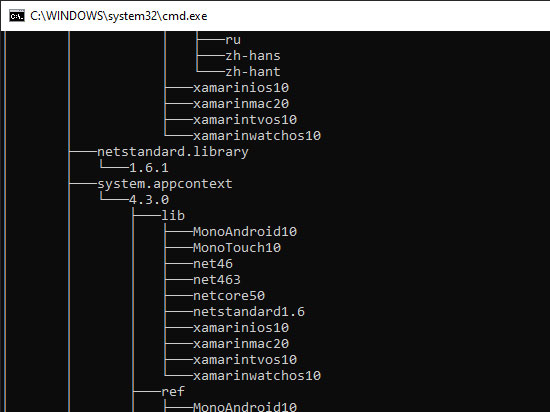
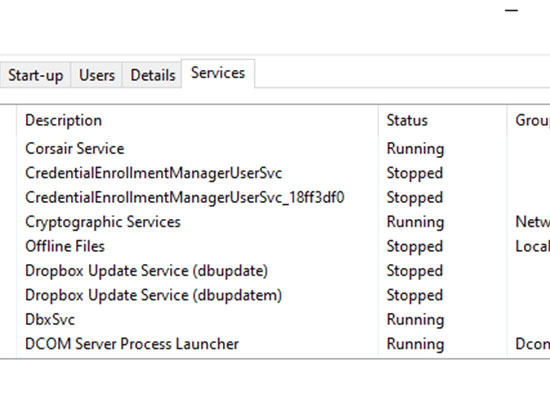
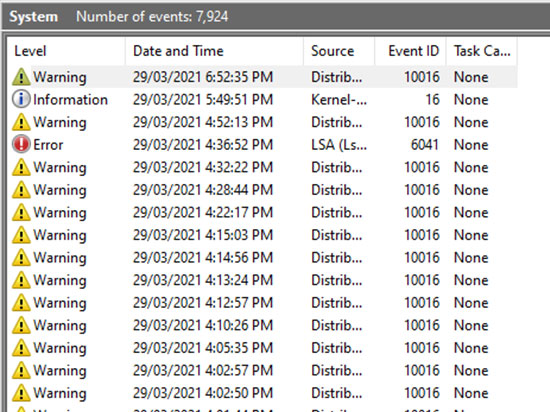




The culprit? Hackers are connected to your IP and/or your computer.
Don't worry! We're being satirical... this is not what is wrong with your computer. In fact in any case where a popup prompts you to seek help, there is likely nothing wrong at all. (More below). But they will work hard to convince you that something very nefarious is going on and you are going to need ongoing protection from it. Quite often this protection starts anywhere from $199.99 to as much as $1499.99 for just the first year.
The scammers will write up a fake form via notepad, command prompt or an online google form to collect your personal and payment information. Sometimes they go so far as to not charge until after the technician has delivered the first 'service' to the computer to further build trust with the victim.
In many cases, year after year the scammers will contact victims who think they have provided a legitimate service and charge them all over again, often even increasing the price either due to natural price increases or the 'need' to upgrade to a better product. Declining is often useless as they have your payment information stored and do attempt to take money without permission as they get desperate.
The aftermath
Unfortunately victims think they are getting legitimate support and happily pay. The scammers use of seemingly legitimate technical language further enforces this. When confronted, many victims of this scam will say they weren't scammed at all. Jim Browning has shown this several times in videos including 'Scam stopped in the nick of time' where a victim initially defended their actions.
For the unknowing, these scams are very convincing and people don't know better or simply trust too much. More often than not, these people are elderly. They didn't grow up with technology so they never learned what to expect and what seems wrong. It is up to the younger generation who understands it better, to openly discuss and share these articles and videos to increase awareness and hopefully save at least a few people their life savings.
But I do have a problem...
If you believe you have a legitimate technical issue, avoid contacting random companies and phone numbers from the internet. The first thing is to always turn the computer off and back on again. Yes this is a common joke, but it actually does clear up most issues.
Failing that, contact a family member who knows what they are doing or who can advise you someone that they trust to look at your computer. We recommend always using a local repair shop where possible. While they aren't all perfect, they generally have more knowledge and good will than any scammer who just wants your money.
I've already been scammed
If you have already fallen victim to a tech support scam, check our I've Been Scammed FAQ page for advice on what to do next including emotional and mental support resources. You are not alone and there are people who want to help.